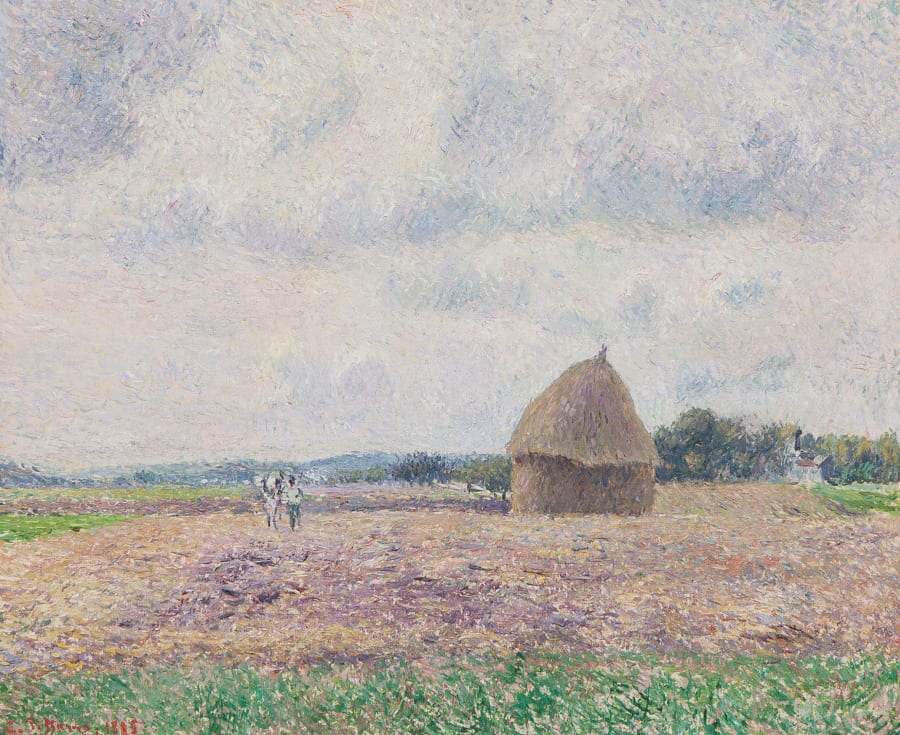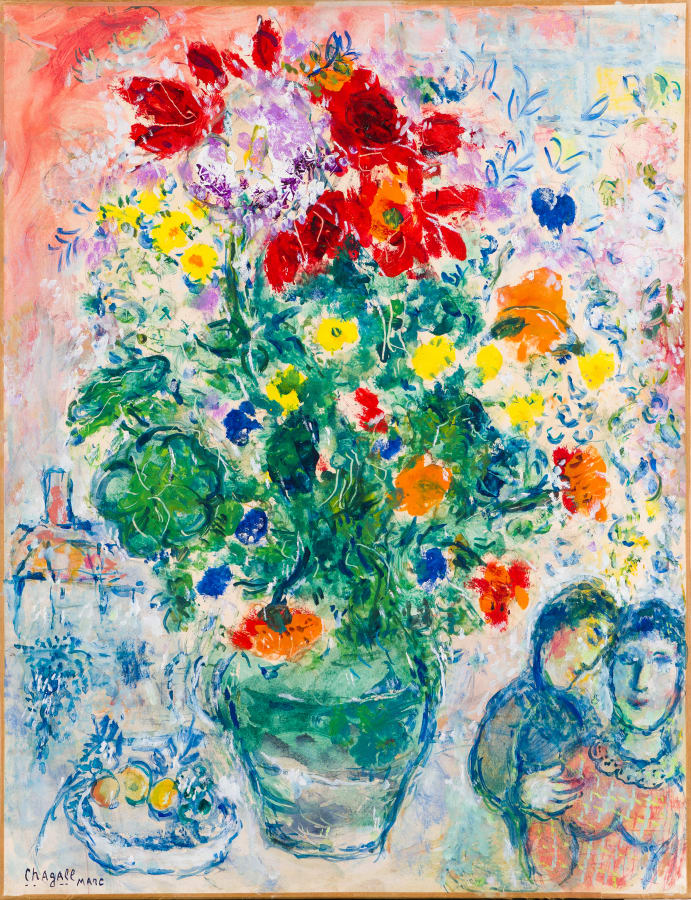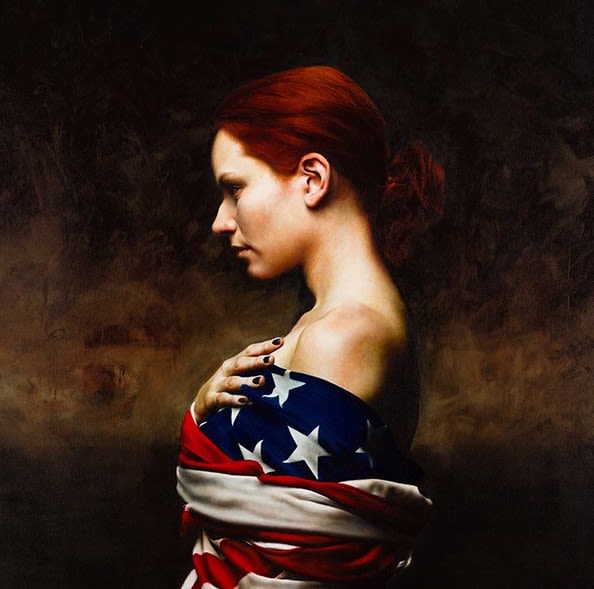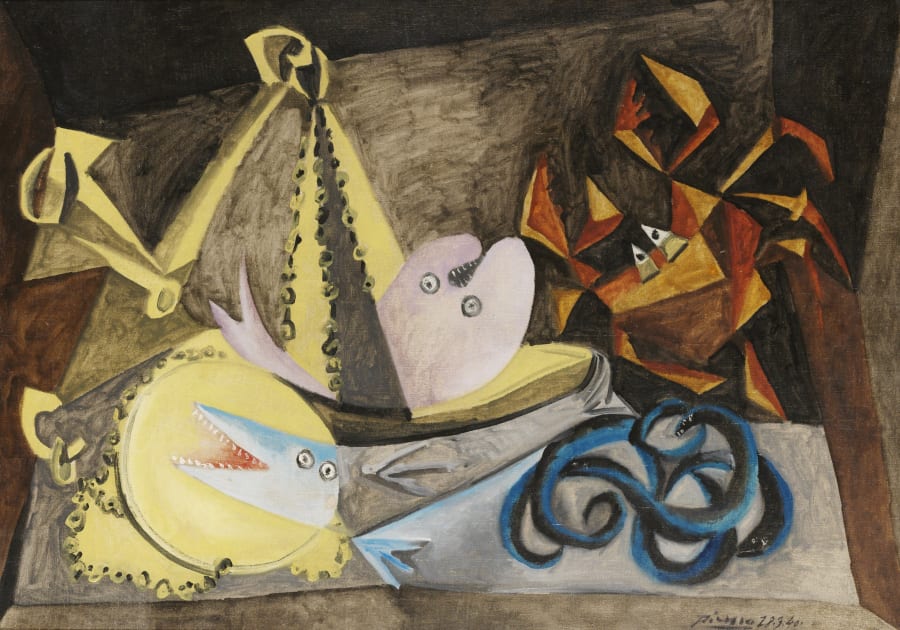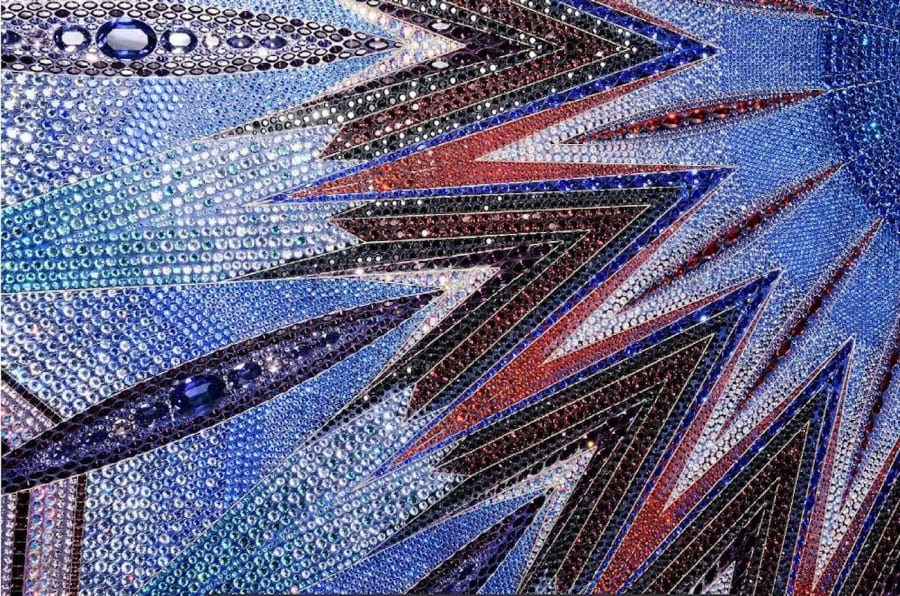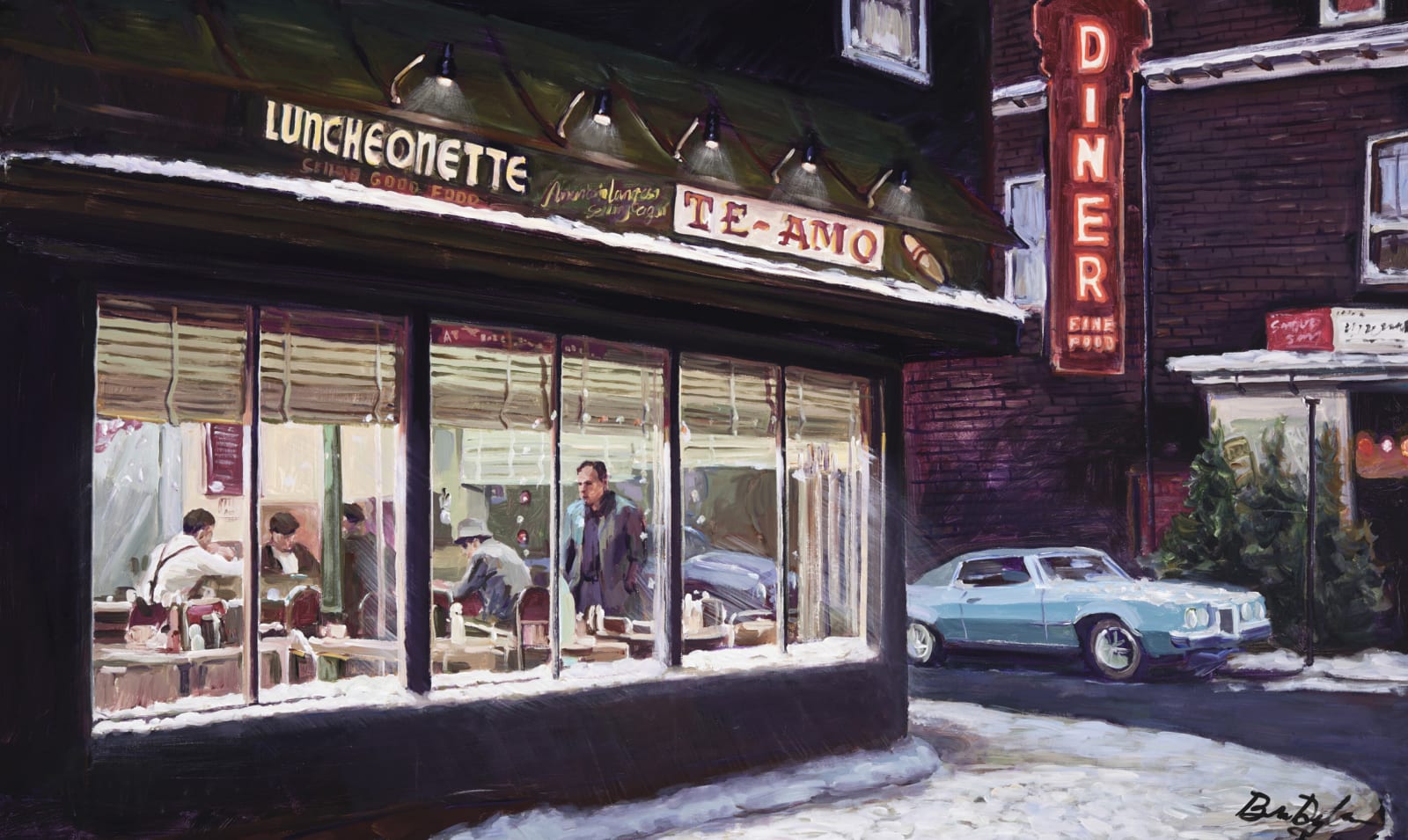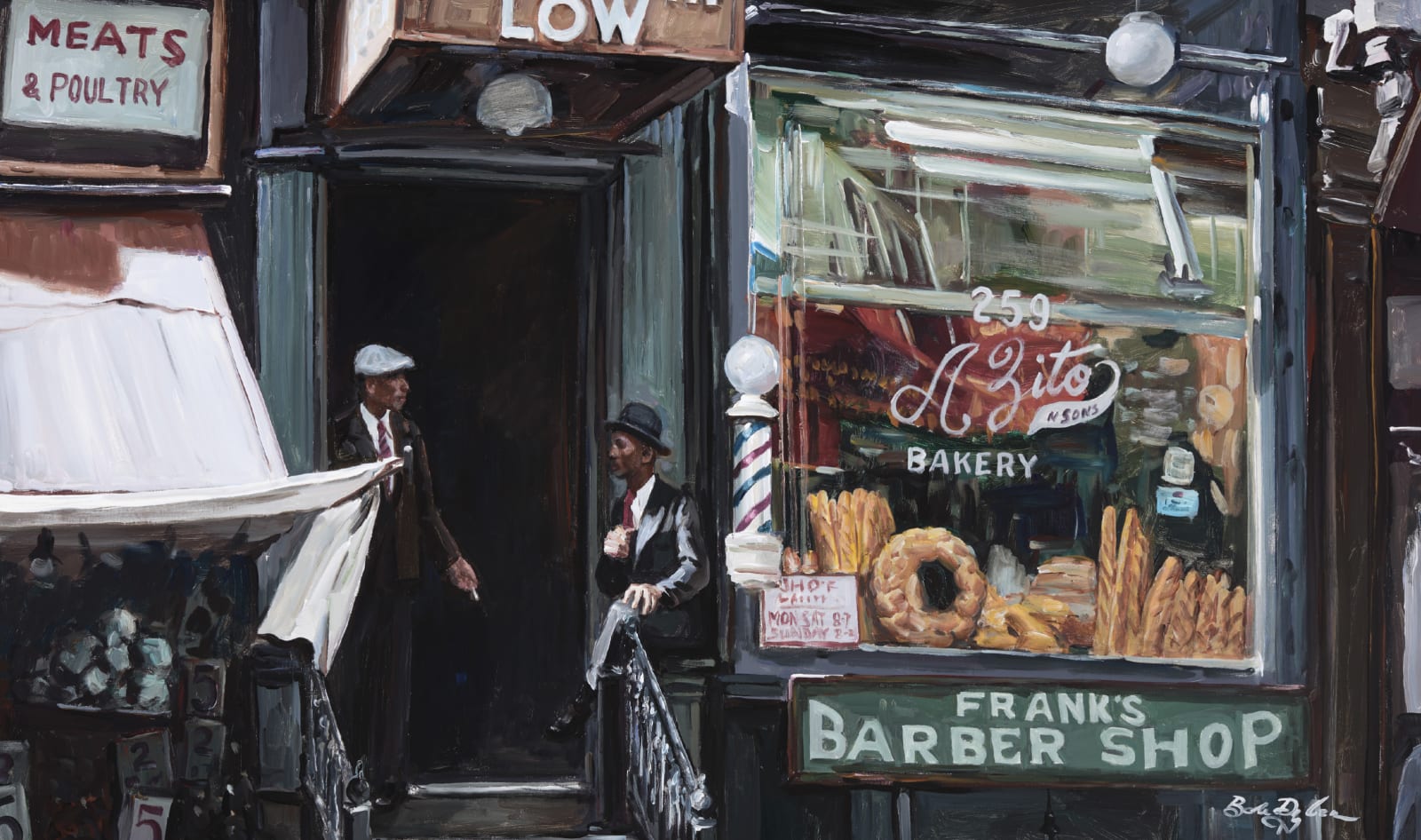

Santiago Montoya
Santiago Montoya is a contemporary Colombian artist who lives and works between Miami, USA and Bogotá, Colombia.
Montoya’s practice employs diverse media, with his medium of choice being paper currency and, more recently, chocolate. His multi-disciplinary approach explores our perception of value historically and in modern society.
If you are interested in adding to your collection speak to an art consultant today - info@halcyongallery.com

Montoya's unique mediums
Originally training as a painter, Montoya began working with paper currency as his medium of choice in 2007 – crafting banknotes into patterns, words and even monumental structures. For the artist, ‘bills function as small paintings that dispense a message,’ offering a snapshot in time and raising questions about value of art. Following a multidisciplinary approach, Montoya has explored various mediums throughout his oeuvre, including resin, stainless steel, jacquard tapestry, wood and found materials.
More recently, Montoya has experimented with chocolate as an artistic medium. Both banknotes and chocolate are loaded mediums, with a complex history rooted in the perception of value. The artist’s native country of Colombia has a rich cocoa trade, with chocolate historically being a luxury commodity traded by the European colonisers of Latin America. By adorning his chocolate sculptures with gold leaf, Montoya’s work is a commentary on the exploitation of Colombia’s wealth of natural resources, which extends to the development of drug cartels and the illicit cocaine trade.






